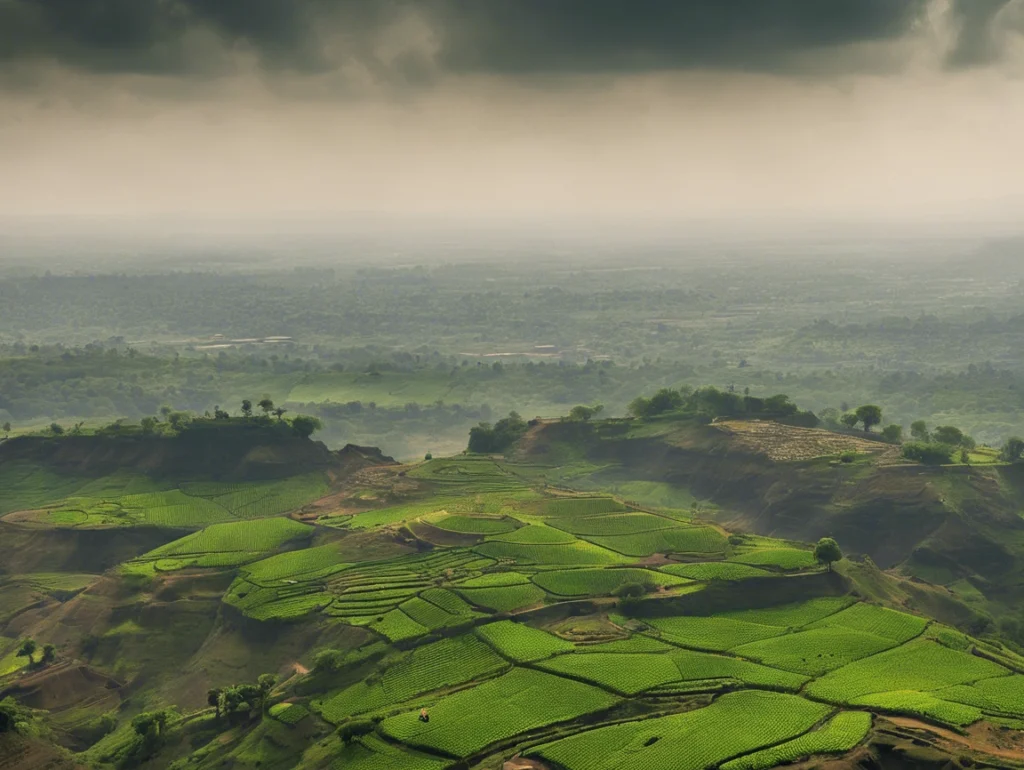
Ahmednagar District, Maharashtra: A Land of Rich History, Industry, and Culture
Geography
- Ahmednagar is the largest district of Maharashtra state in western India, spanning an area of 17,048 square kilometers .
- The district can be divided into three distinct regions:
- The Western Ghats: This hilly range runs along the western border of the district.
- The Central Plateau: This plateau forms the central part of the district and is known for its black soil, ideal for agriculture.
- The Northern and Southern Plains: These plains flank the central plateau and are drained by the Godavari and Bhima rivers, respectively.
History
- Ahmednagar district has a rich history dating back centuries.
- It was the seat of the Ahmednagar Sultanate (1496-1636 CE), a late medieval kingdom that played a significant role in Deccan politics.
- The district was later ruled by the Marathas, the Mughals, and the British.
- After India’s independence in 1947, Ahmednagar became part of Bombay state and later Maharashtra state in 1960.
Economy
- Ahmednagar is a prominent industrial and agricultural center in Maharashtra.
- The district is home to numerous sugar factories, contributing significantly to Maharashtra’s sugar production.
- Other important industries include textiles, chemicals, and pharmaceuticals.
- Agriculture is another mainstay of the district’s economy. Key crops include grapes, onions, sugarcane, pomegranate, and turmeric.
Places of Interest
- Ahmednagar City: The headquarters of the district, Ahmednagar city boasts a rich historical heritage.
- Ahmednagar Fort: A 17th-century fort built by the Nizam Shahi dynasty.
- Salabat Khan’s Tomb: The mausoleum of Salabat Khan II, the last sultan of Ahmednagar.
- Shivneri Fort: The birthplace of Chhatrapati Shivaji Maharaj, the founder of the Maratha Empire.
- Shirdi: This town is famous as the pilgrimage center of Sai Baba, a revered saint.
- Meherabad: Home to the tomb of Meher Baba, another prominent spiritual figure.
- Shani Shinganapur: A unique temple dedicated to Lord Shani (Saturn). Devotees here believe in walking barefoot over a paved walkway made of black stones.
Culture
- Marathi is the primary language spoken in Ahmednagar district.
- The district has a vibrant culture, influenced by its rich history and diverse communities.
- Several festivals are celebrated throughout the year, including Ganesh Chaturthi, Diwali, and Holi.
Transportation
- Ahmednagar is well-connected to other parts of Maharashtra and India by road and rail.
- National Highway 50 and National Highway 222 pass through the district.
- Ahmednagar city has its own railway station.
I hope this comprehensive information provides a good starting point for exploring Ahmednagar District!
